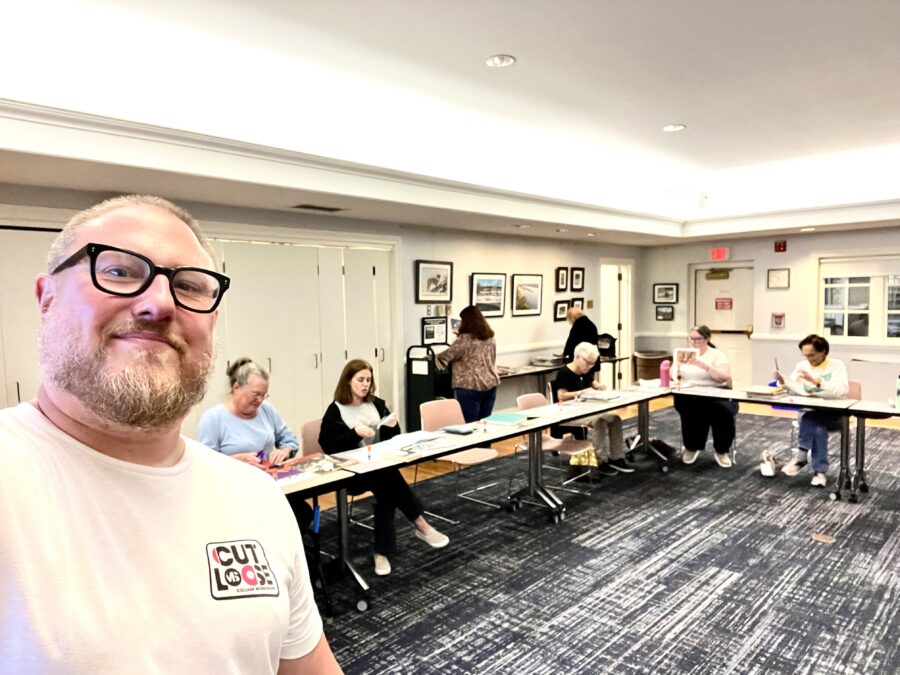
Library directors face a multifaceted challenge:
- Tight budgets
- The need for community engagement
- The rising costs of art supplies
Fortunately, a unique solution lies within libraries themselves. The surplus of paper waste can be repurposed into unique collage workshop materials, helping to address these challenges while promoting sustainability.
The Paper Problem
Libraries generate significant paper waste, contributing to nearly 40% of the solid waste stream in the United States, according to the U.S. Environmental Protection Agency. While many libraries have adopted recycling programs, there’s ample opportunity for creative reuse. A survey of academic libraries revealed that:
- 93% recycle white paper
- 72% recycle newspapers
- 69% recycle color paper
- 62% recycle cardboard
- 49% recycle magazines
- 31% recycle books
These statistics underscore the potential for innovative reuses, especially for materials like magazines and books, which often have lower recycling rates.
Success Stories
In my experience teaching upcycled book cover collage workshops, libraries can transform discarded materials into community-driven art projects. Here are some highlights from my recent workshops at Forbes Library in Northampton, MA, and Storrs Library in Longmeadow, MA:
Creative freedom: Participants enjoyed the liberating experience of cutting and ripping old books, resulting in stunning artworks.
Sold-out events: Participants were eager to engage with this unique, sustainable offering.
Resource savings: Libraries benefited by not needing to transport discarded materials or purchase new supplies.



Workshop Ideas
If you’re looking to expand your programming beyond upcycled book covers, consider hosting these workshops that utilize materials from your library’s waste stream:
- Thematic Self-Portrait Collages
Materials: Magazines, fabric scraps, photographs, cardboard
Participants create self-portraits exploring themes of identity and self-expression. - Nature-Inspired Collages
Materials: Nature-themed magazines, colored paper, optional natural elements
Perfect for Earth Day, these collages celebrate the beauty of the natural world. - Storytelling Collages
Materials: Old books, magazines, newspapers
Participants weave narratives through their collages, making it an excellent tie-in for creative writing. - Collaborative Community Collage
Materials: Large poster board or canvas, various paper materials
Create a large-scale collage that represents the community’s identity, inviting collaboration. - Mixed Media Collage Workshop
Materials: Magazines, paints, brushes, markers, canvas or thick paper
Combine collage techniques with painting or drawing for a dynamic artistic experience.
Conclusion
Collage workshops provide libraries with a creative avenue to manage paper waste while fostering community engagement and promoting sustainability. By partnering with experienced facilitators like Cut Loose Collage Workshops, libraries can transform waste into valuable resources for artistic expression and environmental education.
Ready to transform your library’s paper waste into engaging collage workshops? Contact me to explore how we can turn paper waste into exciting community collage workshops!
Read more
Cutting Through Loneliness: How Library Collage Workshops Build Community and Fight Isolation

